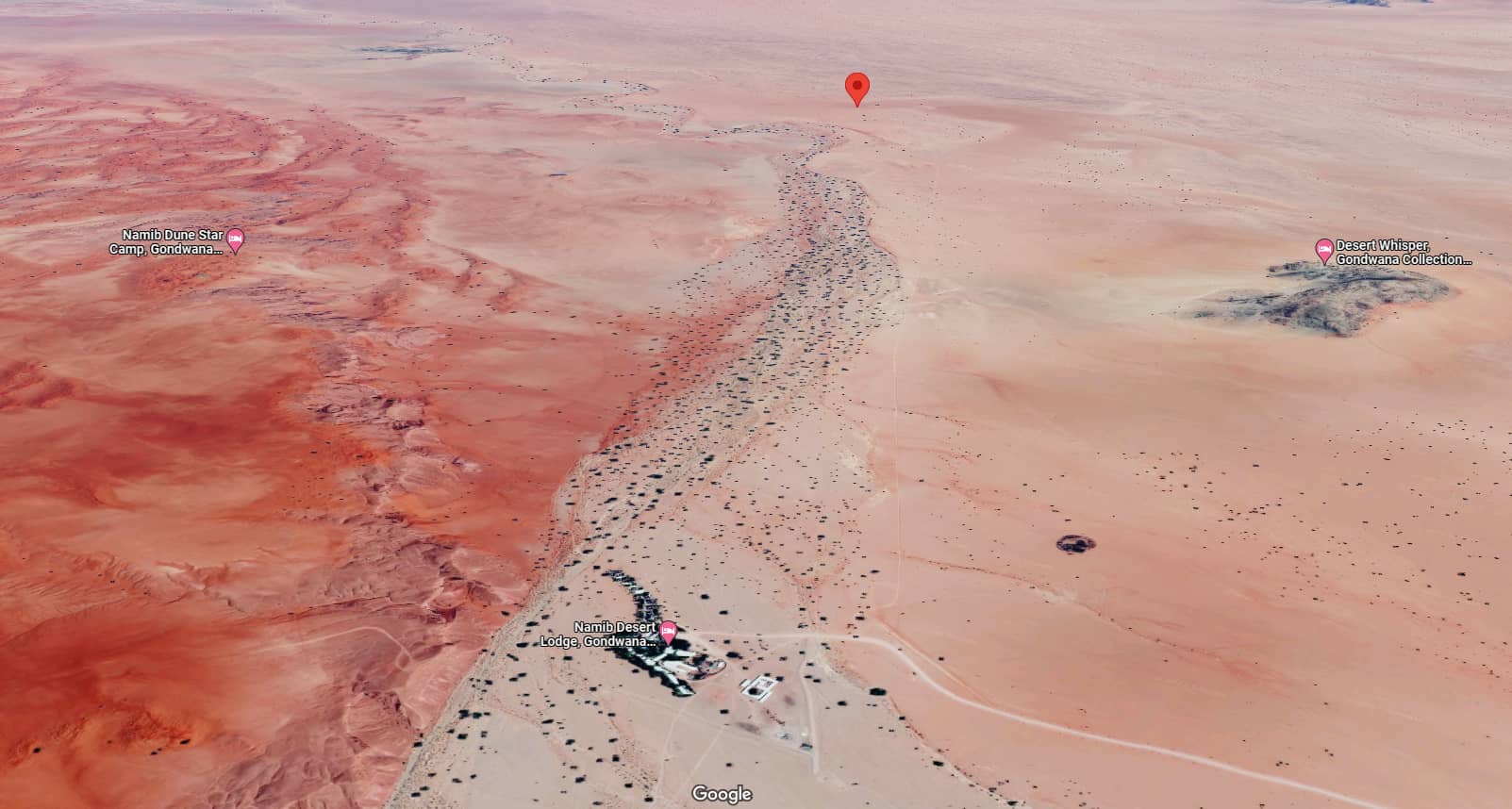
Two brave oryx measuring their antlers live from a waterhole in the Namib Desert.
This is from now without a doubt, one of my favourite channels. A live camera from a waterhole where animals living in the immediate vicinity of the namib Desert in Namibia.
It is the first channel I switch on when I start my working day and it beats any other known channel, especially the so-called "generalist" ones. It's an oasis to relax and decompress after a glance at the chicken coop of Tonter and to get away from the noise of declarative "current affairs" and its permanent tsunami of anecdotes.
You can see ostriches, giraffes, jackals, hyenas, cheetahs, wildebeest, gazelles, antelopes, zebras, horses, porcupines, rabbits, warthogs, bustards, crows, black-chested snake eagles, goshawks and many other creatures large and small, flying and terrestrial.
The Namibia Cam waterhole is located in the park Gondwana Namib, which borders the Namib Naukluft Park.
In this park all artificial barriers have been removed, creating a space of more than 56,540 square kilometres. Wildlife moves freely between the two parks and the privately owned guest farms.
The Gondwana Namib Park has two distinct "stages". Three, in fact, as beneath the reddish sand is brown sandstone: the fossilised dunes of an ancient Namib. Then there is the "Namib Sand Sea", a World Heritage Site, and only 60 km further south, the Namib shows another face: the valley of the ephemerium, which crosses the Namib Sea tsauchab River which crosses the sand sea and ends at the famous Namib Desert Salt Flat Sossusvlei.
About the Namib
The Namib stretches along the coast from the Succulent Karoo (which begins around Lüderitz on the coast, but further south inland) to Angola; it lies between the winter rain system in the southwest and the summer rain region in the northeast. The Cold Benguela Current, off the coast, prevents the air from absorbing much moisture; as the layers of cold air do not mix with the warmer layers above, clouds do not form either. Thus, the Namib does not receive rain from the coast, but simply some moisture in the form of fog.
Two of the Namib's three vegetation types form part of the 127 km² of the Gondwana Namib Park: the sand sea, with a few grasses, and the gravel plains, with grasses and shrubs; along the seasonal riverbeds you can find acacias and in some places also !Nara shrubs, which bear curious and strange melon-like fruits.
Typical animals in this area are gazelle, gazelle, ostrich and jackal. The animals move freely between the park and the neighbouring state-owned Namib Naukluft Park, as well as other private farms.
Location
According to information from the NamibiaCam the waterhole is an artificial well that was built in 2006 on an open plain. Its operation is made possible by a solar-powered well that is filled from a nearby reservoir and controlled by a float or buoy that activates the water intake when the level of the well decreases.


Images from Google Maps
Being located in such a remote location, and under the scourge of heat and wind, it tends to have intermittent interruptions, but generally the quality of the connection and the video and audio is very good. GPS coordinates of the well: -24.074923, 15.887410
On 9 November even the fireball of one of the fat meteors of the northern Taurids meteor shower could be seen live, which was also seen by people from the south to the fish River Canyon.






